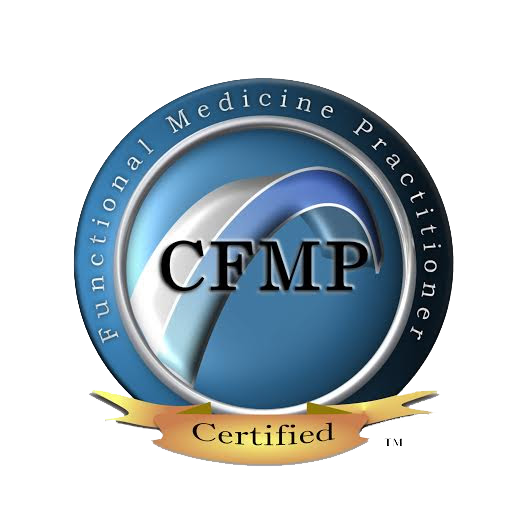
Hyperbaric oxygen therapy (HBOT) brings hope to individuals with osteoporosis. HBOT can aid in building bone for individuals with osteoporosis by increasing the delivery of oxygen to bone tissues. This extra oxygen stimulates bone-forming cells, enhancing their activity and promoting the growth of new, healthier bone. HBOT’s ability to improve circulation and accelerate healing also plays a vital role in strengthening bones, ultimately helping those with osteoporosis mitigate bone loss and improve bone density, bone health and quality of life. Read on for more about hyperbaric oxygen for osteoporosis
How to use Hyperbaric Oxygen Therapy for Osteoporosis
Osteoporosis is characterized by weakened bones, which puts those with it at a higher risk for fractures. While conventional treatments often focus on medications and lifestyle changes, HBOT offers a unique approach. According to research, HBOT can play a pivotal role in stimulating bone regeneration and bolstering bone density.
HBOT involves breathing pure oxygen in a pressurized chamber, and it does wonders for bone health. Bone cells, just like other cells, need oxygen to work at their best and facilitate the healing process. HBOT does this by supercharging bone tissues with oxygen, sparking bone-forming cells (osteoblasts), and starting bone regeneration and growth.
Hyperbaric Oxygen Therapy for Osteoporosis: the Research
In a study published in the journal “Osteoporosis International“, researchers investigated the effects of HBOT on bone health in postmenopausal women with osteoporosis. The results revealed that HBOT significantly improved bone mineral density (BMD) in the spine and hip regions compared to a control group. This improvement suggests that HBOT could help mitigate the bone loss that characterizes osteoporosis. Thus, reducing the risk of fractures and enhancing overall bone strength.
Moreover, HBOT’s ability to enhance circulation and oxygen delivery to bone tissues contributes to its potential efficacy. As described in the “Journal of Orthopaedic Research“, increased oxygen levels promote the activity of bone-forming cells (osteoblasts). This helps to accelerate bone regeneration and repair processes.
Read more: OSTEOPOROSIS – A FUNCTIONAL MEDICINE APPROACH
Osteoradionecrosis
Osteoradionecrosis (ORN) is a serious condition that affects bone tissue and is a potential complication of radiation therapy, particularly when used to treat cancer. It typically occurs in the jaw bones (mandible or maxilla) but can also affect other bones exposed to radiation.
In people who’ve had radiation therapy, bone formation can be compromised (osteoradionecrosis). An study found that hyperbaric oxygen therapy stimulated better bone formation in irradiated bone, improving bone health. 1
Get Started Today!
Hyperbaric Oxygen Therapy can be particularly beneficial for people with osteoporosis. It helps bones heal and get stronger. Simply fill out our new patient form & get scheduled today! Our office is located in Phoenix, AZ and we are ready to help you overcome osteoporosis.
If you have a complication due to osteoporosis, HBOT can be a real game changer! It is a safe, proven-to-work treatment given under the care of licensed professionals. As well, HBOT has many side benefits; such as improved sleep, reduced headaches & migraines, improved skin health, and more.
Frequently Asked Questions:
The duration of the effects of HBOT can vary based on the individual’s condition and the specific goals of the therapy. In some cases, the effects of HBOT may be immediate and short-lived, while in other cases, multiple sessions of HBOT may be required to achieve longer-lasting benefits.
How often should you do hyperbaric oxygen therapy?
The frequency of HBOT sessions can vary depending on the individual’s condition, treatment goals, and the recommendation of a healthcare professional. Typically, HBOT is administered as a series of sessions. It ranges from a few to several sessions over a specified period.
How quickly does hyperbaric oxygen therapy work?
The speed at which HBOT works can vary depending on the individual’s condition and the specific goals of the therapy. Some individuals may experience immediate improvements or relief of symptoms after a few sessions of HBOT, while others may require multiple sessions over a longer period of time to see noticeable effects. The timeframe for experiencing the benefits of HBOT can be different for each person, and it is best to consult with a healthcare professional experienced in HBOT to get a better understanding of the expected timeline.
How can I find an HBOT chamber near me?
We are located in Phoenix, Arizona, but if you live far away I recommend reading my article on finding the right clinic for you.
Check Out Our Most Popular Articles:
Studies Referenced:
- Granstrom, Gosta, Tjellstrom, Anders, and Branemark, Per Ingvar. “Osseointegrated Implants in Irradiated Bone: A Case-Controlled Study Using Adjunctive Hyperbaric Oxygen Therapy.” American Association of Oral and Maxillofacial Surgeons, 1999, pp. 493-499. ↩︎




